Laser bending of wood veneers: Phenomenological and machine-learning approaches case study
Revista : OPTICS AND LASER TECHNOLOGYVolumen : 188
Tipo de publicación : ISI Ir a publicación
Abstract
Wood is a versatile, noble, and renewable material that plays a pivotal role in sustainable manufacturing. This study demonstrates the feasibility of laser bending veneers from various wood species by applying infrared energy via a scanned laser beam. The bending height, defined as the vertical deflection of veneer edges from the horizontal plane, was evaluated for three wood types: beech (Fagus sylvatica), yesquero (Cariniana ianeirensis), and ulmo (Eucryphia cordifolia). Key parameters influencing the response variable included laser energy, moisture content, water loss, density, and wood species. Experimental results revealed that veneers measuring 15 cm in length, 3.5 cm in width, and 1.5 mm in thickness achieved bending heights ranging from 0.35 cm (beech) to 4.8 cm (yesquero). The maximum average bending height of 4.45 cm was observed in beech veneers at an equilibrium moisture content of 13% under maximum laser energy of 1061 J. Ulmo specimens, oven-dried for 72 h at 40 degrees C, demonstrated a significant average deflection height of up to 3.1 cm. These findings reaffirm that fiber contraction is influenced not only by free water loss but also by cell-wall-bound water loss during laser interaction, contributing to shrinkage. Additionally, volume contraction induced by molecular entropy increase due to localized temperature elevation was observed. A machine learning analysis of the experimental data identified Gaussian Process Regression as the most effective algorithm for predicting the response variable, yielding the highest correlation coefficient and lowest RMSE. Moisture content was found to account for approximately 45% of the model’s predictability, followed by laser energy (35%) and water loss (both free and bound).




 English
English
